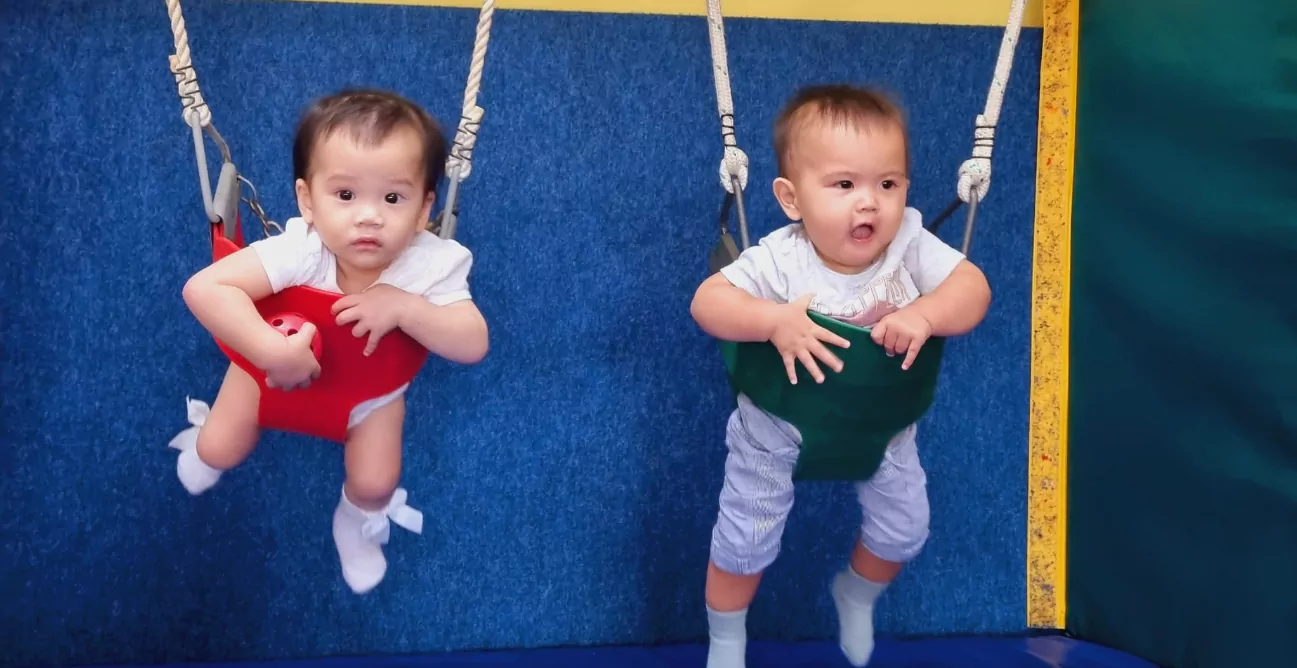How to manage separation anxiety in children
Anxiety in babies and toddlers is common, and a normal stage in child development. A young child may feel anxious for a number of different reasons. If your child is experiencing unmanageable levels of worry and fear, this is often a sign that something in her life isn’t right and she needs support to work out what the problem actullay is.
But what is the cause that normally triggers separation anxiety in children? Among the many events, there are some which make children feel insecure and more anxious. Such as experiencing a big change in a short period of time — moving house, a new school or having to shoulder responsibilities that are beyond their age. Even living with people who are anxious by nature can trigger severe stress in children. In older children, struggling at school, including feeling overwhelmed by homework, exams or being bullied by peers is another trigger.
Understanding the roots of separation anxiety and implementing effective strategies can help parents of young children navigate this phase with compassion and build resilience in their little ones.
An effective way is by creating a secure environment, implementing gradual separations, maintaining consistency, and fostering independence, will help your child adapt to temporary separations. Through empathy, validation, and open communication, parents can instil a sense of trust and provide the emotional support necessary for a child to navigate this phase successfully.
Remember, while it may be challenging at times, separation anxiety in children will pass. Your child will eventually emerge with newfound confidence and will be more than ready to embrace the world.
How to spot severe anxiety levels
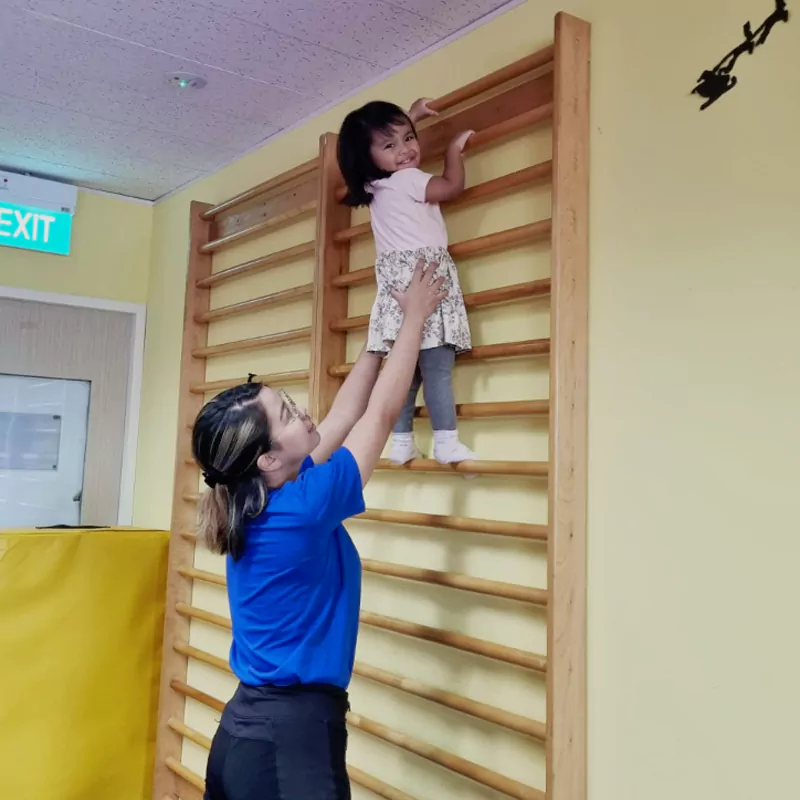
Children possess a remarkable sensitivity to the world around them. When faced with challenges at home or school, such as issues with friendships, conflicts within the family, or overwhelming changes, they may experience anxiety. Unfortunately, they may struggle to handle these problems on their own, which can intensify their anxiety.
To help identify if your child is struggling with anxiety, and to be able to respond effectively to their cry for help, keep an eye out for the following signs:
- Physical symptoms like tummy aches or headaches during stressful situations
- Frequent emotional distress or tearfulness without an apparent cause
- Sleep difficulties, such as trouble falling asleep, staying asleep, or experiencing repeated nightmares
- Constant worrying or fear about future events
- Skipping meals, or bouts of overeating
- Trouble staying focused, difficulty concentrating, or increased restlessness
- Difficulty coping with challenges or expressing emotions
- Increased frequency of visits to the toilet
- Regular meltdowns, tantrums, or other behavioural issues
- Breathing difficulties or excessive sweating
- Avoidance of new people or individuals who cause them stress
- Tends to avoid crowded places like supermarkets or school
- Extreme behaviours leading to self-harm
- Panic attacks or a racing heart sensation
By paying close attention to these signs, you can better understand and support your child when she is in great need. Addressing her challenges and providing appropriate assistance can help her navigate difficult situations and promote her overall well-being.
Managing anxiety in children

Separation anxiety in children typically emerges around 8 to 12 months of age and peaks between 18 months and 2 years. It is also a manifestation of the child’s growing cognitive abilities, increased awareness of her surroundings, and attachment to primary caregivers.
Experiencing distressing or traumatic events in which a child does not feel safe, such as witnessing or being subjected to abuse can have a dramatic impact on young children. When not managed effectively, these issues will leave a deep scar that can torment a child over her entire lifetime!
Learn to spot the first signs of anxiety in children and always respond with kindness, patience and support. Help your child develop effective coping skills and enable her to navigate anxiety in a healthy way.
Separation Anxiety: Young children can feel anxious when they are away from you. They may cling to you, cry, and become upset when you leave them with someone else. You can help your child cope by arranging play dates with other children and gradually encouraging your child to spend more time away from you. Ask family members to care for your child for short periods and help your child get used to being away from you.
Communication and Preparation: Open communication is essential in managing separation anxiety in children. Explain an impending separation in simple, age-appropriate language, emphasizing when you will return. Utilize visual aids, such as calendars or clocks, to help your child understand the concept of time and when to expect your return. By engaging in playful activities, like acting out separation with toys or role-playing, you can help your child process her emotions and feel more prepared.
Maintain Consistency: Consistency plays a pivotal role in managing separation anxiety in children. Establishing consistent routines for drop-offs and pick-ups can help your child anticipate and adapt to the separation. Additionally, consistency in following through with promises, whether it be returning at an agreed-upon time or fulfilling commitments, builds trust and reassures your child of your presence and reliability.
Transition objects and comfort items: Transition objects, such as a special toy or blanket, can provide comfort and familiarity during separations. Encourage your child to bring her preferred comfort item when she needs to be apart from you. These items act as a tangible source of security, reminding your child of your presence even when physically absent.
Obsessive Behaviours: You may notice your child insisting on doing things in a specific way and getting anxious if this routine is interrupted. For example, your child may only want to use one cup, or plate, or wear the same pyjamas every night. Think of introducing change gradually by involving your child in decision-making. Let her choose a new plate or pyjamas, this gives your child a sense of control and flexibility.
Phobias & Fears: Children can experience intense panic attacks or fear related to specific things or situations. In such situation, a child may feel like it’s hard to breathe and starts to panic. Remind your child that this will pass. Practicing breathing techniques together will be of great help. Teach your child by involving her in breathing exercises, taking a long, slow breath in and a long, slow breath out. Get her to imagine that she is blowing up a balloon.
How to talk to your child about anxiety
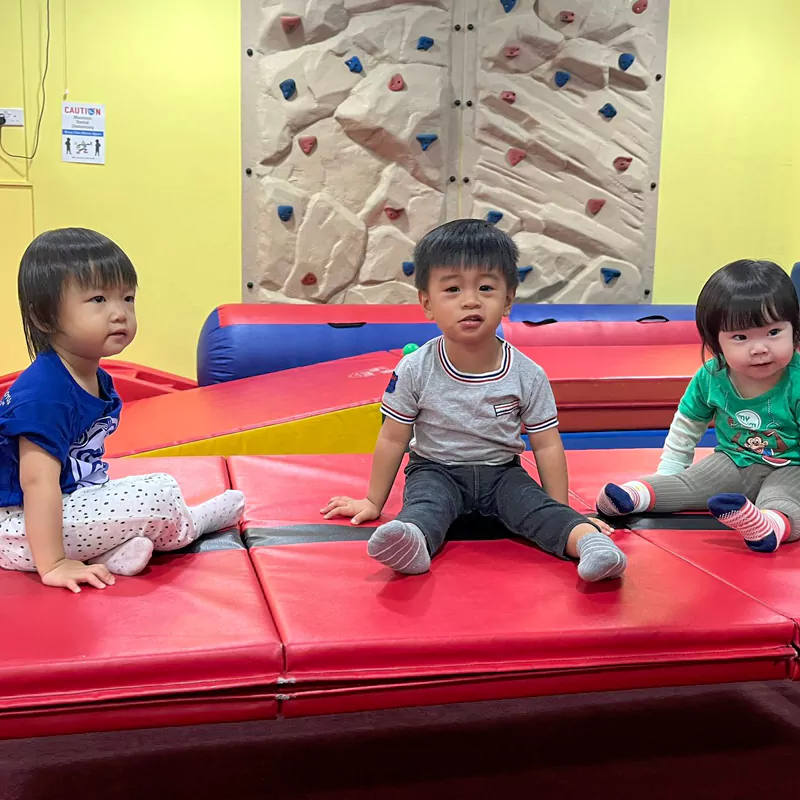
Most of the things you can do to help your child deal with anxiety may seem complex at first but are the things you may already be doing and familiar with. For instance, the more you interact with your child to find out what works best for her, the sooner she will get to believe in her abilities to cope and help reduce feelings of helplessness when anxiety strikes.
When talking to your child, ask questions about how she is feeling. But always keep these questions are simple. Or draw faces that express emotions such as sadness, anger, or fear and show them to your child and ask her to pick a drawing that comes closest to how she is feeling in the moment.
When she responds, listen without interruption, so your child feels heard. You may need to help her with words if you notice that she is struggling to express herself. It is crucial to remain calm at all times, as it may take some time for your child to reveal how she may be feeling.
You may use social stories, to help your child understand a process, a change or a situation that is troubling her. Use short sentences to explain the change with a picture or a drawing to help her understand. Leverage play as much as you can, such as Lego or little stick figures, etc. Through play, you can help your child work through the triggers, stressors and feelings.
Encourage your child to name her feelings so she can express a little better, especially when she is feeling overwhelmed. She can give it any name of her choosing, as this can help you understand how a child is feeling. It is important to give your child reassurance and show affection frequently so she feels safe and is able to explore her feelings with you.
What if a child doesn’t want to talk?
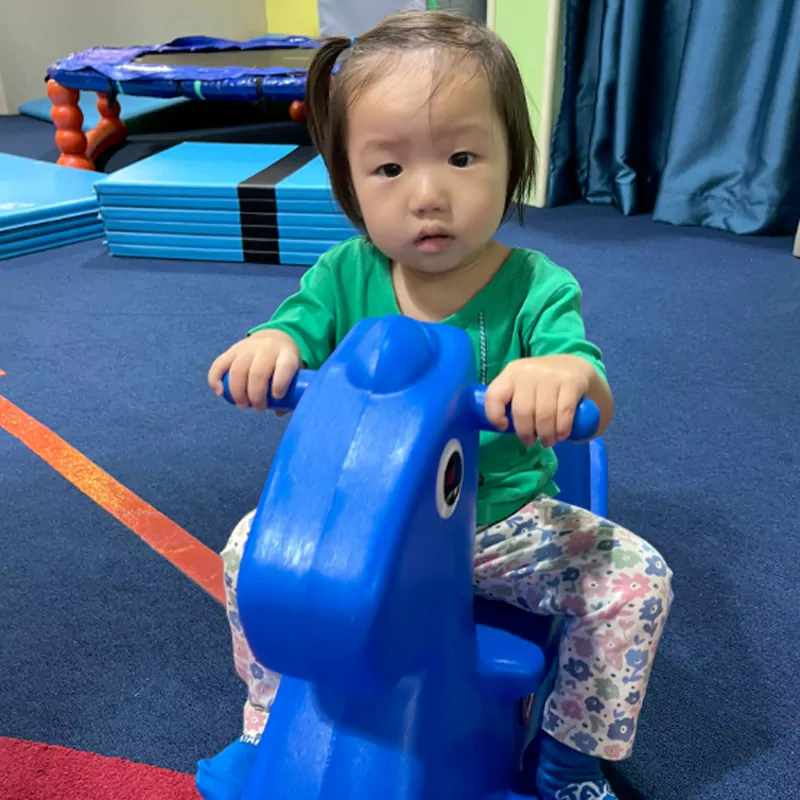
One of the most significant things parents can do to support the well-being of their children and young people is to provide opportunities for open communication. We underestimate the power of sharing our own experiences and expressing them. While it may not work all of the time, simply being seen and understood can help your child feel more capable of dealing with her own challenges.
Engaging in conversations about her well-being, her day, and what’s on her mind as a part of everyday family life will demonstrate your interest in your child and your willingness to listen. It also helps your child practice articulating and discussing her emotions freely, which in turn helps develop self-awareness and recognize her needs.
However, talking isn’t always easy. You may feel unsure about where to begin, when the right time is, or how your child will react. You might even worry about making things worse or saying the wrong thing. In such cases, it’s important to remember that your child doesn’t expect you to be perfect — she just needs to know that you’re there for her.
Remember that everyone is different, and over time, you and your child can work together to discover the approaches that work best for her during these moments and how she can deal with these issues.
If your child is reluctant to talk, it’s important to reassure her that you’re always there for her. Here are some things you can say to encourage communication:
- Let your child know she can talk to you anytime by saying, “You can talk to me, I’m here for you.”
- Assure her that it’s okay to seek support from someone else if she prefers to, say, “If you need to talk to someone else, that’s okay too.”
- Express your willingness to understand, even if you may not fully comprehend, by saying, “Even if I don’t understand, know that I want to.”
- Reassure your child that you are in it together, saying, “We’re going to get through this together.”
Consider alternative forms of communication, such as drawing, writing a letter or texting, to make it easier for your child to express herself. Remember, you know your child best, so you can sense when it’s not the right time or they’re not in the mood to talk.
Always support your child
When your child opens up and talks about her struggles, it’s crucial to make her feel acknowledged and heard. Here’s how you can respond:
- Validate her feelings by saying, “It’s completely understandable that you’re feeling sad,” to let her know that you are understanding what she is feeling and why they are valid.
- Thank her for sharing and offer words of encouragement for her openness.
- Let her know you love her, and you’re there for her, and she can talk to you whenever she needs to. Also, inform her that you can help her find support if needed.
- Spend time together exploring the root causes of her distress. It could be related to home, school, relationships, or other factors.
- Assure her that it’s okay to reach out to others for support, as young people often worry about burdening their parents.
- Remind your child that her current situation is temporary and assure her that things will change for the better.
- Postpone discussing the causes of her distress when she is highly stressed. It is more helpful to have such a conversation when things have calmed down.
Parents too experience high levels of anxiety
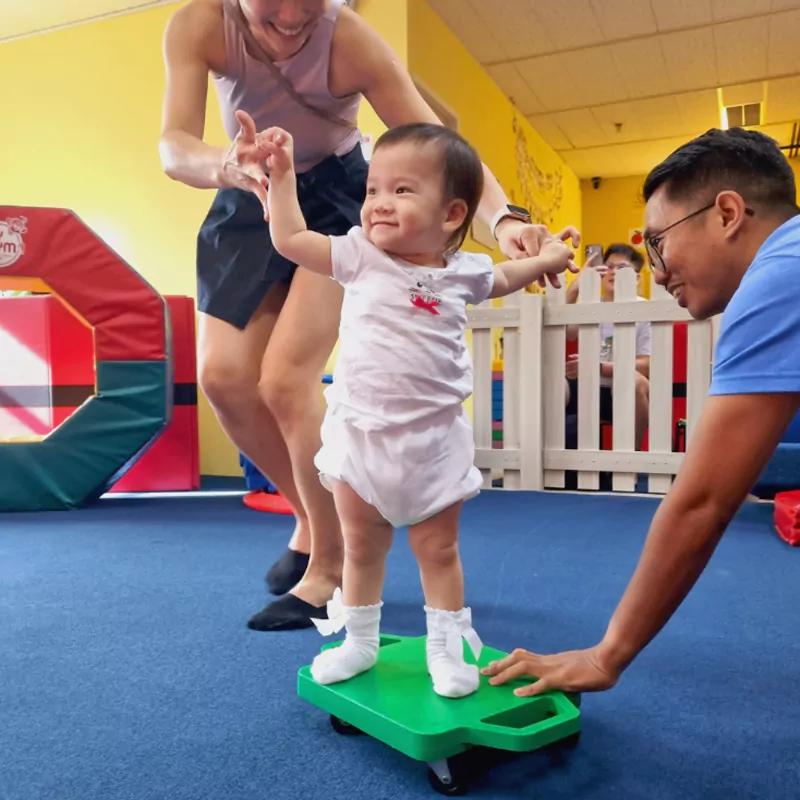
Parenting is not easy. While no parent wants to see their child in distress or be upset, it is a fact that dealing with separation anxiety can make a parent feel isolated and trigger her own stress. Whether you’re worried about leaving your child in distress or miss her dependence on you, it is very important to be able to manage your own stress first.
Separation anxiety can make a parent feel all alone and helpless. Make you feel that you are the only one going through such stress. If you are a working parent, things can get worse. You may experience guilt leaving your child under the care of a babysitter. Perhaps worry about how your child is coping without you. Or realise your child may not miss your absence after all.
Your feelings are totally normal, and there are many ways you can manage your own stress quite easily. Here are some effective strategies that will surprise you with their simplicity. Staying busy to keep your mind occupied; embracing free-time to focus on yourself; seeking support from fellow new parents who are in a similar position; and maintaining a positive attitude when interacting with your child to prevent her from picking on your anxiety. Simple and actions that have proven to work effectively!
About My Gym
Please visit any of My Gym centres to learn more about how My Gym supports “whole-child development” through bespoke physical activities. Choose a day when you will be relatively free and come over with your child in tow. Your child could be an infant (as young as 6 months), a toddler or a preschooler, age is not a bar for enrolling.
My Gym has perfected activities to promote social and emotional development that nurtures and strengthens confidence levels among children. My Gym also runs programs that help lay a firm foundation for personal, academic and future growth by involving children in age-appropriate, structured and unstructured physical activities and developing thinking and problem-solving skills.
My Gym involves children in activities that promote all-round development through dynamic games, physical activity and movement that help in building neural networks in the brain. My Gym makes it easier for children to acquire critical social and intellectual skills that enable them to navigate complex social situations, and nurture emotional development in a healthy way.
Please note: My Gym classrooms are thoroughly sanitized every day — the tables, the chairs, the children’s activity stations and everything else the child might touch is made safe and clean. Please wear a mask, wash your hands frequently, and practice social distancing.



